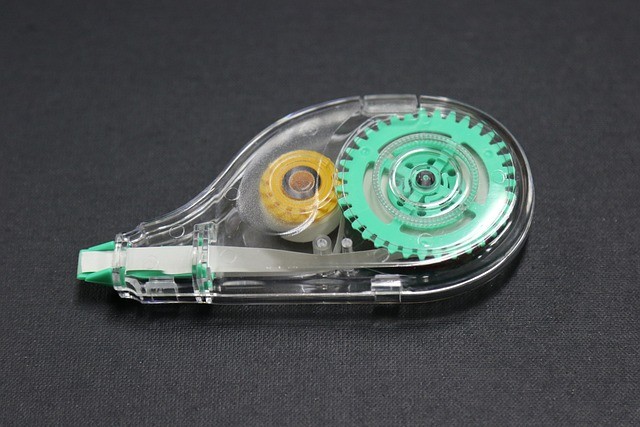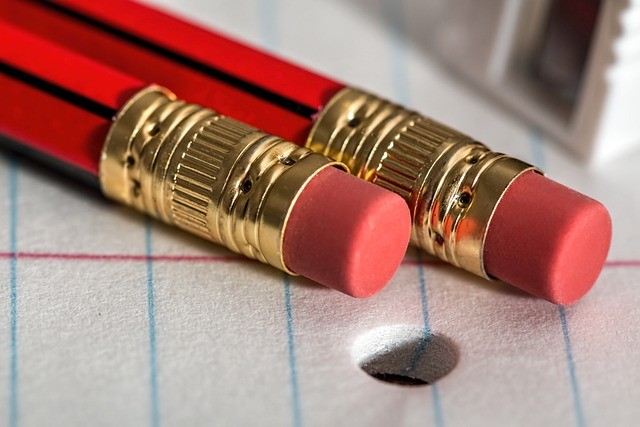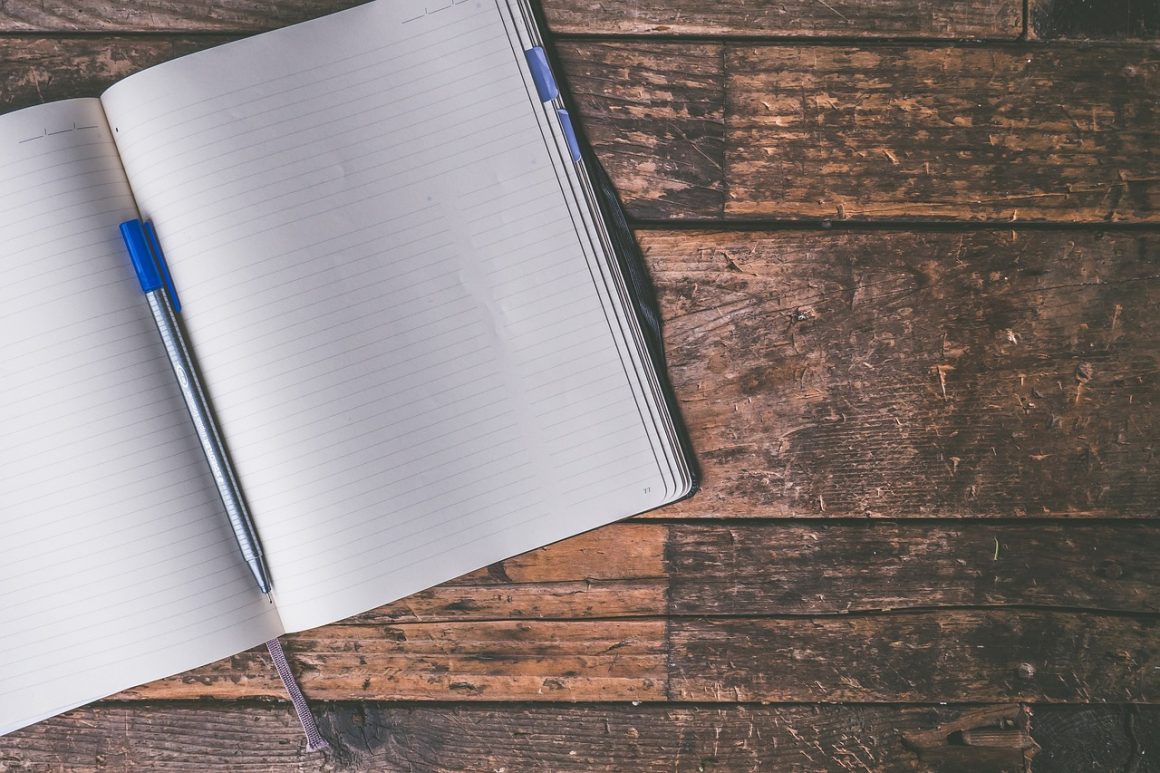White-Out is a must-use for students, business owners, and just in general house use, but it is not the easiest substance to wash away and get rid of if there is a mishap.
We understand this turmoil, and we are here to help. We have scoured various methods of getting white-out of different types of materials and fabrics so that you no longer have to worry about using white-out and not being able to clean it up when needed.
White-out is classified as correction fluid, and when you go to remove it, it is important to remember that you work from the outside of the stain to the inside to ensure that doesn’t get spread around, which could make the stain worse. Let’s get started learning how to remove white-out from different types of surfaces with ease.
How to Remove White Out from Clothes
When getting rid of a white-out stain from clothes, you will need the following: cotton swab, laundry detergent, adhesive remover or solvent, and laundry stain remover.
The first step is to take the cotton swab and dip it into the chosen commercial adhesive remover, like nail polish remover or rubbing alcohol. Take the clothing with the stain and lightly dab the white-out stain with the cotton swab working the stain from the outside towards the center.
Allow the treated stain to sit for a solid minute before dabbing the stain with the swab and remover again until the white-out is mostly gone and dissolved.
Take the fabric and rinse it out under warm water to see how much of the stain remains. If there are still any solid pieces of the white-out stain present, you will want to repeat the swabbing process and rinse the fabric again with warm water.
Once you are satisfied that all of the solid pieces are dissolved, apply a laundry stain remover to the area and allow it to sit for at least 15 minutes or as the directions of the stain remover suggest.
Finally, you will want to wash the clothing with the stain using your regular laundry detergent. Before placing the clothing into the dryer, you need to make sure that the stain is completely gone before placing the clothing in a group of clothes to be dried.
If there is any doubt at all that the stain is completely gone, you should air-dry the clothing and double-check for the stain. The heat from the dryer will make the stain set if any remains, but if some remain and you air-dry it, you will not have this problem and you can repeat the process.

How to Remove White Out from Paper
Removing white-out from paper can be difficult because unlike with other surfaces, you cannot use soap and water or any sort of solvent to help get rid of it without damaging the actual paper. The best way to remove the white-out from the paper is by using some sort of plastic scraper or an old credit card.
You could also use your fingernail or a knife if the others are not handy. This will allow you to scratch the dried white-out from the paper, but you must do it gently so that you do not risk ripping the paper.
It is important to note that anything that was written on the paper under the white-out will once again become visible, but you might have to go over the writing to make sure that it is vibrant and easy to read. It is important that you make sure that the white-out is dry completely before trying to remove it.
Another way that you can remove the white-out from the paper is by rolling the area of the paper that is holding the white-out against itself once it is fully dry to make it crack and crumble off of the paper.

How to Remove White Out from Skin
One of the most important things to remember about getting white-out off of your skin is to make sure that it completely dries before you attempt to remove it. If you attempt to remove it while the white-out is still wet, you could cause a bigger mess than it started to be, which is counterproductive to get rid of it.
However, the one upside to white-out is that it does dry quickly, which means you will not have to wait for long to get rid of it. Most brands take less than 60 seconds to fully dry, but if you are unsure, you could wait up to five minutes to ensure that it is completely dry.
Once it is dry, grab a paper towel and liquid dish soap. Pour a few drops of the soap onto the dry paper towel and then cover the surface of the white-out stain on your skin with the soap. For most skin stains, a single drop or two of the soap should work, but if you spilled the whole bottle, it might take more soap.
It is important to not wet the paper towel before you add the soap. The water will dilute the soap, which in turn will make it less effective in getting the soap off of the skin. If you do not have access to regular dish soap, other types of liquid soap can work.
However, we recommend dish soap because it is designed to dissolve substances like white-out better than some other types of hand liquid soap.
Depending on how thick the white-out liquid is on your skin, you may have to scrub the area harder to ensure that it fully breaks up the liquid. After this is done, grab another paper towel and dampen it with warm water and wipe away the white-out from the skin.
Once the stain is gone from your skin, you should rinse your skin thoroughly in warm water to ensure that you have removed the stain entirely.

How to Remove White Out From Wood
When removing white-out from wood and other solid surfaces, all you need are the following supplies: adhesive remover, plastic scraper, and rags. The first step in this process is to use the plastic scraper to scrape off any dried white-out that is on the surface.
If you do not have a plastic scraper, you can choose to use an old credit card instead. However, you never want to use any sort of metal tools, because they could gouge or scratch the surface of the wood.
Once you have done this, if there is any white-out remaining, you will want to get some sort of solvent for the next step. You can use nail polish remover with acetone, WD-40, or rubbing alcohol. It is important to make sure that the solvent you choose will not damage or stain the wood or surface when you are removing the white-out from.
Using a clean rag, you will want to wipe up the white-out and remove from the outside of the stain towards the center to help and ensure that the stain does not get pushed out onto the surface.
After this is done, you can repeat the process if the entire stain is not already removed, and if it is, it is important that you clean the surface thoroughly with a suitable detergent that can help make sure the surface is free of the white-out stain.
It is important to note that some removers, like WD-40, might leave behind an oily residue that will need to be cleaned off of the surface prior to it being used for anything.
Insights and Takeaways
All in all, white-out is an excellent correction fluid that can be used on different surfaces, but it can be messy to use, which can cause you to have to remove the fluid from different types of material.
It is generally easy to get out of most fabrics and off most surfaces, but it does take a light touch, and you need to be careful to work from the outside of the stain towards the inside to help ensure that the stain doesn’t spread over a larger area.


